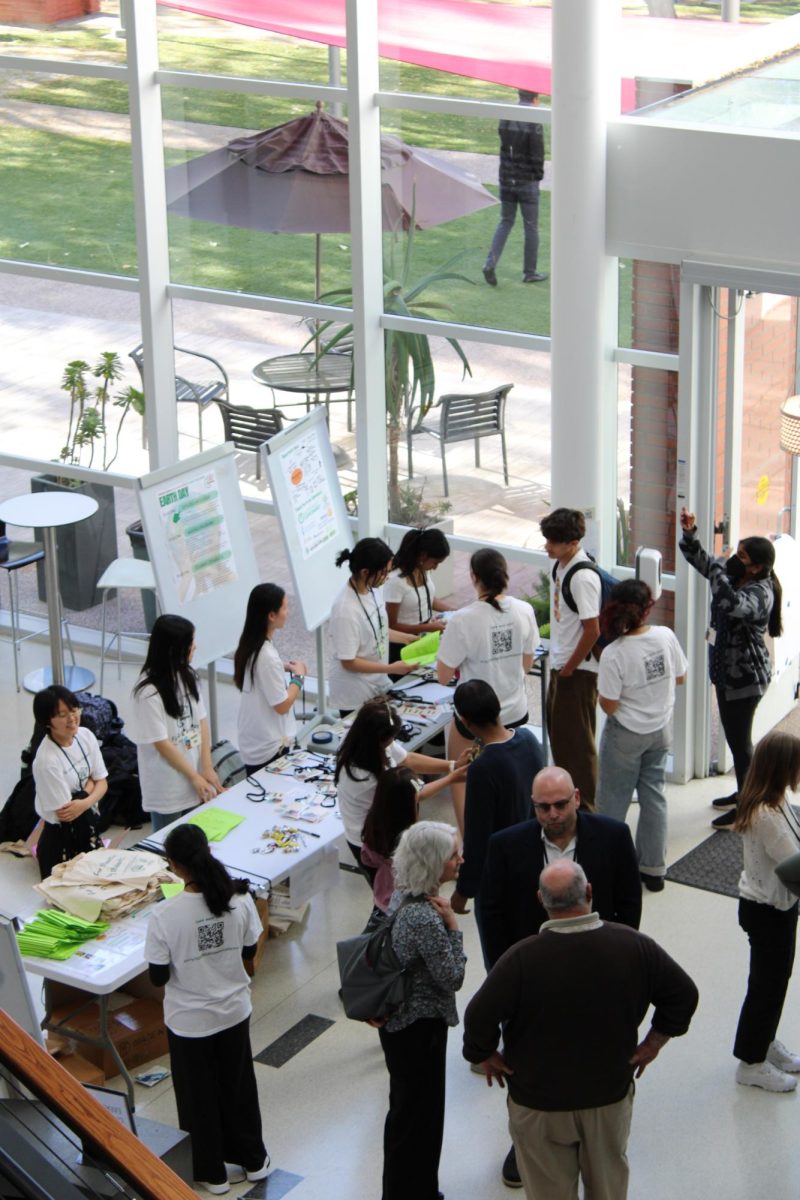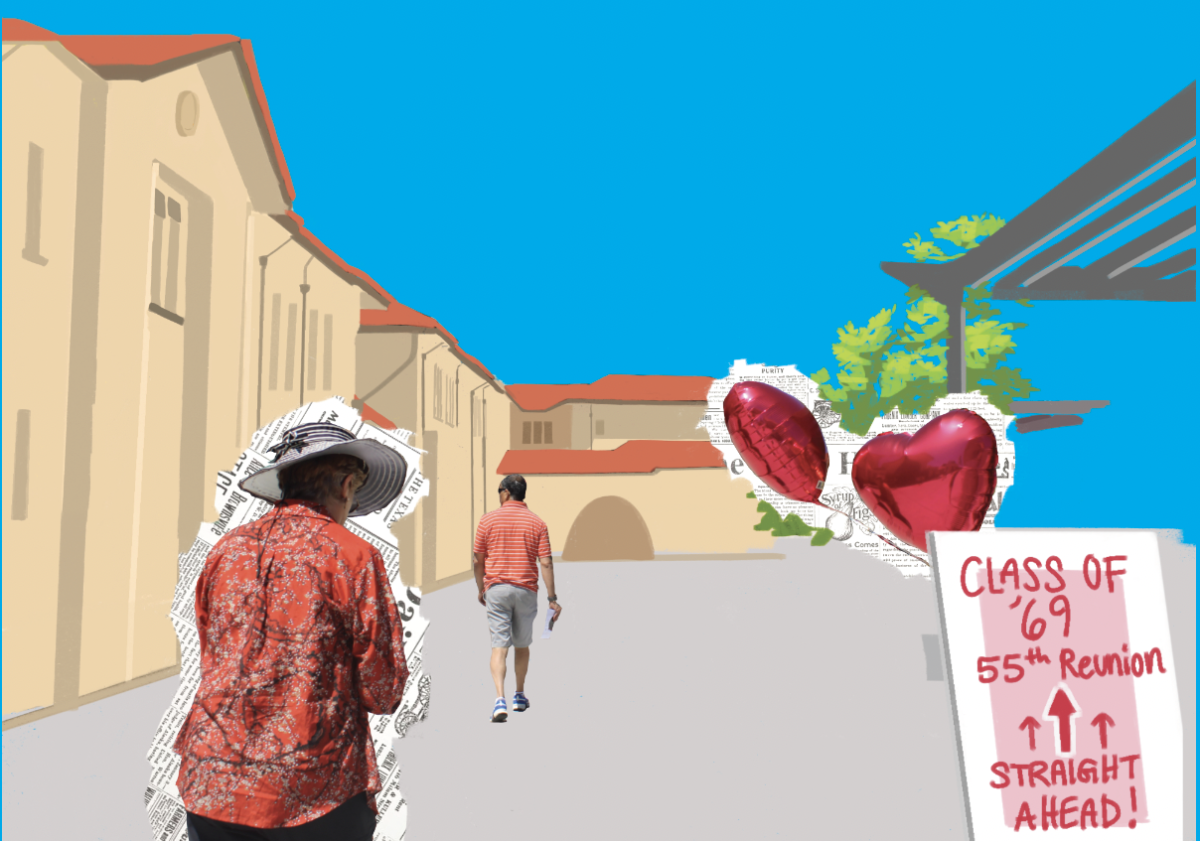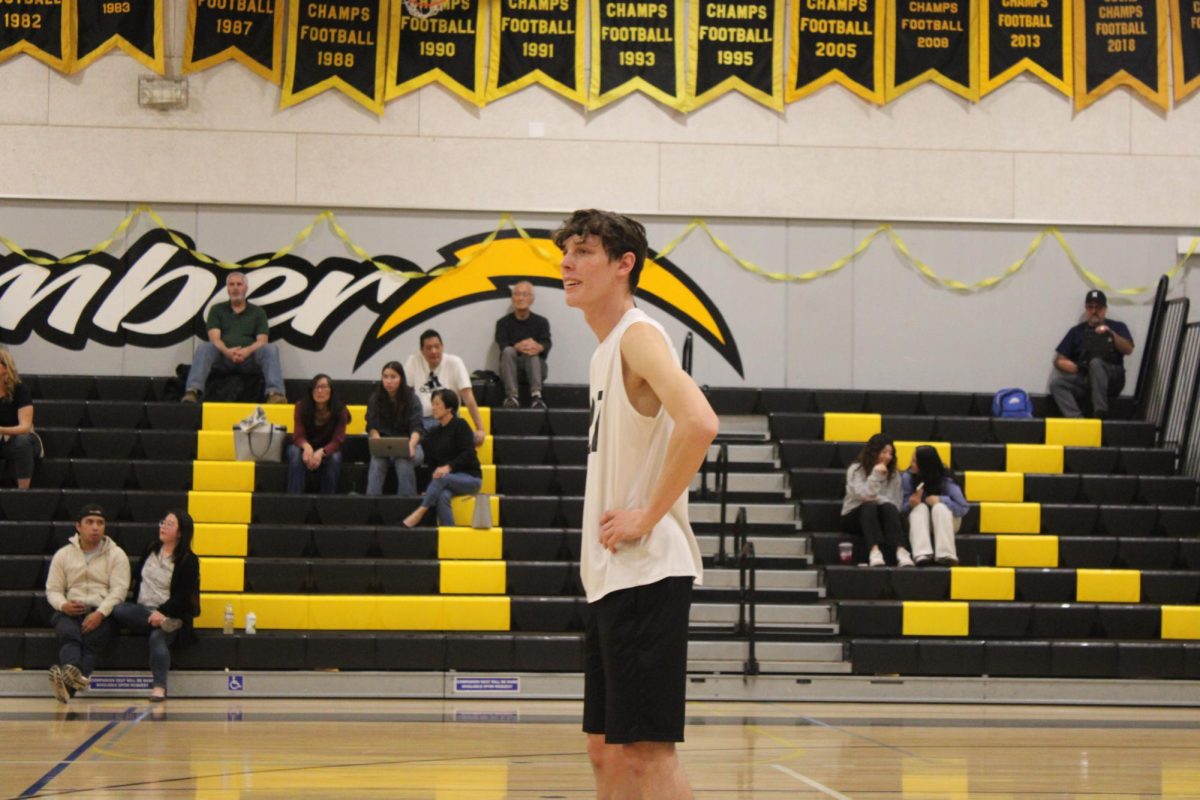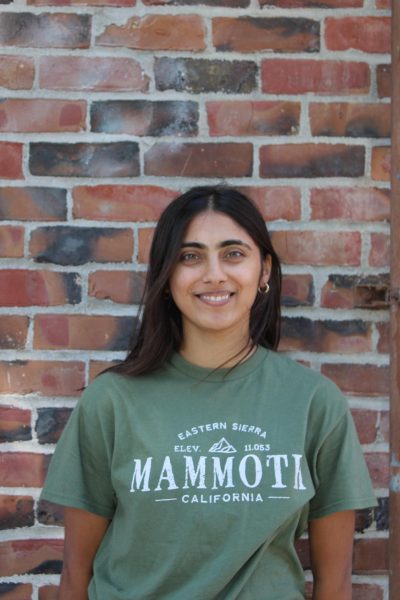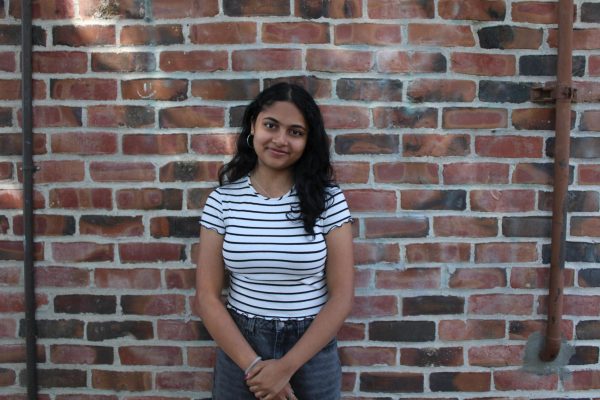On Thursday, April 11, 2024, the FUHSD Climate Collective held its first annual FUHSD Earth Day event at the Computer Science Museum in Mountain View, California. The first half of the event showcased FUHSD student initiatives that focused on developing solutions for environmental issues, which was followed by a seated session where speakers, such as congressman Ro Khanna, focused on environmental projects.
The planning for this event started around May 2023, with the Climate Collective creating goals for incorporating climate-related curriculum into FUHSD schools. Elisa Floyd, a senior at Homestead High School, is the Climate Collective Lead and directed the Earth Day event from its conception to execution.
“The goal of Earth Day was really to intentionally seek out how we can explore [climate change] solutions across all subjects,” Floyd said. “So, not just environmental science classes like STEM classes, but history, our language, all the different ways that we can contribute to solutions.”
According to Floyd, the Collective was able to recruit over 285 students and 30 teachers to support the projects presented at the event. Along with this, the event was funded by a number of sponsors, such as district staff, outside funding and support from congressman Ro Khanna. The event was a part of the Collective’s three-year plan for establishing better-integrated climate change education in FUHSD classrooms and beyond.
“[The Climate Collective is] a group of all stakeholders across the district who work to answer [the following] two questions, ‘what can we do to maximize climate literacy?’ and ‘how can we decrease our environmental impact?’” Floyd said. “How we want to answer both of those questions is by building curricular pathways. So that means offering students opportunities to learn about climate change inside the classroom every year of high school.”
Across the booths at the event, there were a number of diverse solutions presented to address pressing issues that were important to students. Though a concerted effort was made to have equal school representation amongst booths, only one FHS booth was at the event — junior Aditi Jayabalan’s California Native Habitat Club.
“We’re working on bringing awareness to California native gardens because they’re a lot better for the environment,” Jayabalan said. “California has a lot of turf lawns and things like that, which is really bad because they waste a lot of water. So I’m trying to get more people, specifically my club, to convert their lawns into native habitats and I’m doing that by having an informational poster [with] information about our club, free seeds so that they can try planting natives at home.”
The seated session began with performances from Monta Vista High School’s choir and Lynbrook High School’s drama department, which highlighted global famines and the harms of diamond mining respectfully. Following the performances and a speech from congressman Khanna, who was in Washington D.C. at the time, three speakers — oceanographer Dr. Katlin Adamczyck, conservation scientist and spatial analyst Rachel Engstrand and Symbiote co-founder Bill Gray — narrated their career path and involvement in climate change-related causes. Gray focused on Symbiote’s main product, a plant soil sensor allowing individuals to fully automate the care and feeding of any plant; his response to climate change reflected an adaptationist mindset, contrasting the approach of many, which is to try and mitigate the root causes of the issue.
“My focus is on how to deal with the problem,” Gray said. “How to say, ‘okay, well, we understand that these things are happening; we’re not entirely in control of them; what is important to us; what do we want to make sure that there’s a path forward for what we want to preserve?’”
Gray touched upon how it is hard to know how students can individually take action to deal with climate change. In conjunction with increasing one’s climate change awareness, Gray encourages youth to learn about small, local ecosystems around them and figure out solutions to help those individual ecosystems thrive.
“It’s very easy to think of ourselves as inhabitants of the indoors and inhabitants of this space and not attach ourselves to the world around us,” Gray said. “That’s the kind of thing that I think would be great for more people to engage in, just going out into nature. And you know, getting an appreciation for it, so you can understand, ‘What are the changes happening around you and what’s being affected?’”


